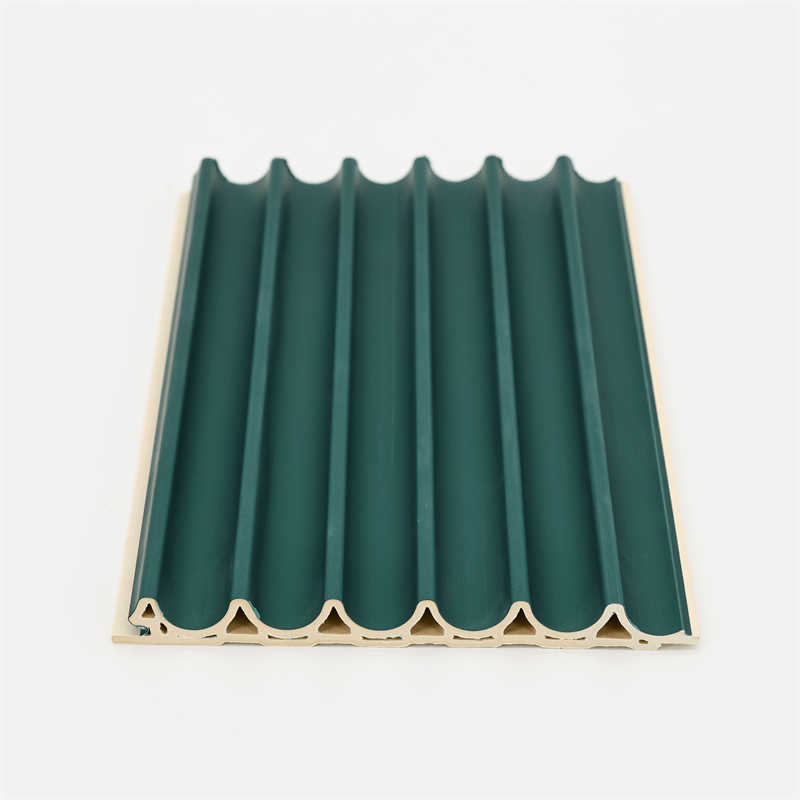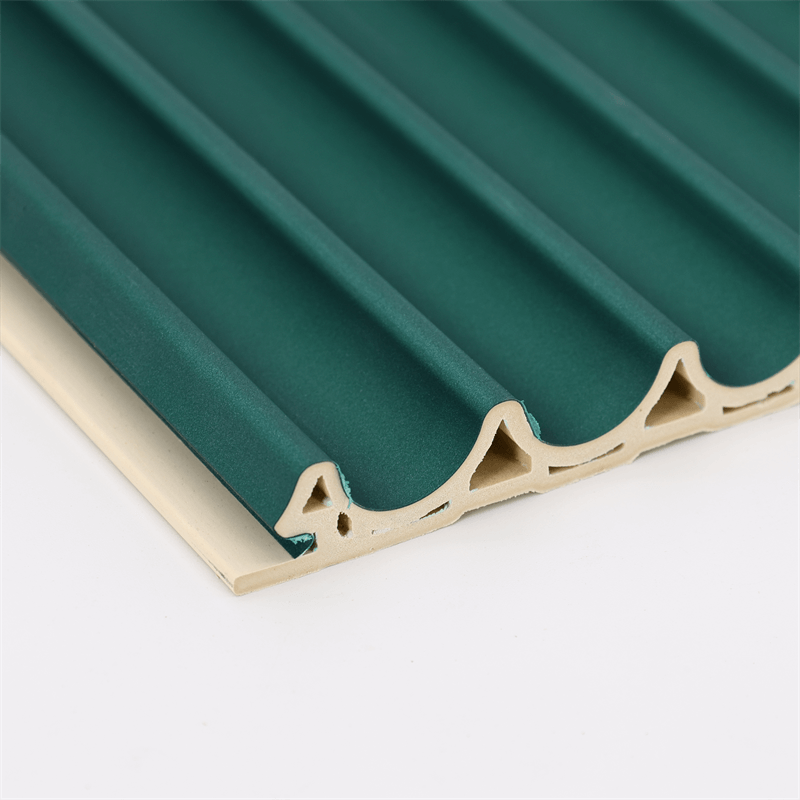Interior design plays a crucial role in transforming spaces, creating a harmonious and aesthetically pleasing environment.
Traditional wall materials, such as paint, wallpaper, or ceramic tiles, have long been used to enhance the visual appeal of interiors.
However, with the advent of wood-plastic composite (WPC) wall panels, interior designers now have a revolutionary tool at their disposal.
WPC wall panels offer a unique combination of durability, versatility, and design possibilities, making them a game-changer in the field of interior design.
This essay explores the transformative impact of WPC wall panels on interior design, delving into their features, applications, and benefits.
I. Versatility of Design
One of the key advantages of WPC wall panels lies in their versatility of design.
These panels are available in a wide range of colors, patterns, and textures, allowing designers to create custom interior spaces tailored to their clients’ preferences.
Whether the design calls for a sleek and modern look, a rustic and natural ambiance, or a bold and vibrant atmosphere, WPC wall panels can deliver.
The design versatility of WPC wall panels stems from their ability to mimic the appearance of natural materials, such as wood, stone, or brick, while offering the benefits of a composite material.
Advanced printing and embossing techniques enable the panels to replicate the intricate details and textures of these natural materials, providing a realistic and visually appealing alternative.
Additionally, WPC wall panels can be easily customized to match specific design themes or branding requirements.
The panels can be cut into various shapes and sizes, allowing for creative installations, such as geometric patterns or unique feature walls.
This flexibility in design empowers interior designers to push boundaries and transform spaces in innovative and captivating ways.
II. Durability and Maintenance
In addition to their aesthetic appeal, WPC wall panels offer exceptional durability and low maintenance requirements, making them an ideal choice for high-traffic areas and commercial spaces.
Unlike traditional wall materials that are susceptible to scratches, dents, or fading, WPC panels are highly resistant to wear and tear, ensuring long-lasting beauty.
The durability of WPC wall panels is attributed to their composite composition. By combining wood fibers or flour with thermoplastic polymers, the panels inherit the inherent strength and resilience of both materials.
The wood fibers provide structural integrity, while the polymers contribute to water resistance, termite resistance, and dimensional stability.
Furthermore, WPC wall panels are easy to clean and maintain. They can be simply wiped down with a damp cloth or mild detergent, eliminating the need for extensive cleaning or repainting.
Unlike wallpaper or painted surfaces that may require regular touch-ups, WPC panels retain their original appearance for an extended period, reducing maintenance costs and efforts.
III. Functional Applications
WPC wall panels offer functional applications that go beyond their decorative purpose.
These panels can be integrated with other elements to enhance the functionality and efficiency of interior spaces. Some notable applications include:
- Acoustic Control: Sound-absorbing properties can be incorporated into WPC wall panels, making them suitable for spaces that require noise reduction, such as conference rooms, theaters, or restaurants. The panels can help create a more pleasant and comfortable environment by minimizing echo and reverberation.
- Thermal Insulation: WPC wall panels can contribute to thermal insulation, improving energy efficiency and reducing heating or cooling costs. The composite composition of the panels helps create a barrier against heat transfer, ensuring a comfortable indoor temperature.
- Moisture Resistance: With their inherent resistance to moisture, WPC wall panels can be utilized in areas prone to high humidity or moisture, such as bathrooms, kitchens, or laundry rooms. The panels provide a durable and waterproof surface, protecting the underlying walls from damage caused by moisture-related issues.
- Green Building Practices: WPC wall panels align with sustainable design principles due to their use of recycled materials, such as wood fibers and thermoplastic polymers. The panels are eco-friendly alternatives to traditional wall materials, contributing to green building certifications and reducing the environmental impact of construction projects.
IV. Installation and Cost Considerations
Another aspect that contributes to the transformation of spaces through WPC wall panels is the ease of installation and cost-effectiveness.
Compared to other wall materials, WPC panels offer a straightforward and efficient installation process, saving time and labor costs.
WPC wall panels are typically designed with interlocking systems or tongue-and-groove mechanisms, allowing for seamless and secure connections.
The panels can be directly mounted on walls or affixed to a framework, depending on the installation requirements.
The simplicity of the installation process enables faster project completion and reduces disruptions to the occupied spaces.
From a cost perspective, WPC wall panels present a favorable option.
While the upfront cost of WPC panels may be higher than traditional materials, their long-term durability and low maintenance requirements translate into significant cost savings over time.
The panels’ resistance to wear, fading, and damage reduces the need for frequent replacements or repairs, making them a cost-effective investment in the long run.
WPC wall panels have revolutionized the field of interior design, offering a transformative approach to transforming spaces.
With their versatility of design, durability, low maintenance requirements, and functional applications, these panels have become a go-to choice for designers seeking to create visually stunning and practical interiors. Whether in residential or commercial settings, WPC wall panels empower designers to unleash their creativity, redefine aesthetics, and shape environments that leave a lasting impression.
With their transformative impact, WPC wall panels are set to redefine the boundaries of interior design, enabling unique and captivating spaces for years to come.



